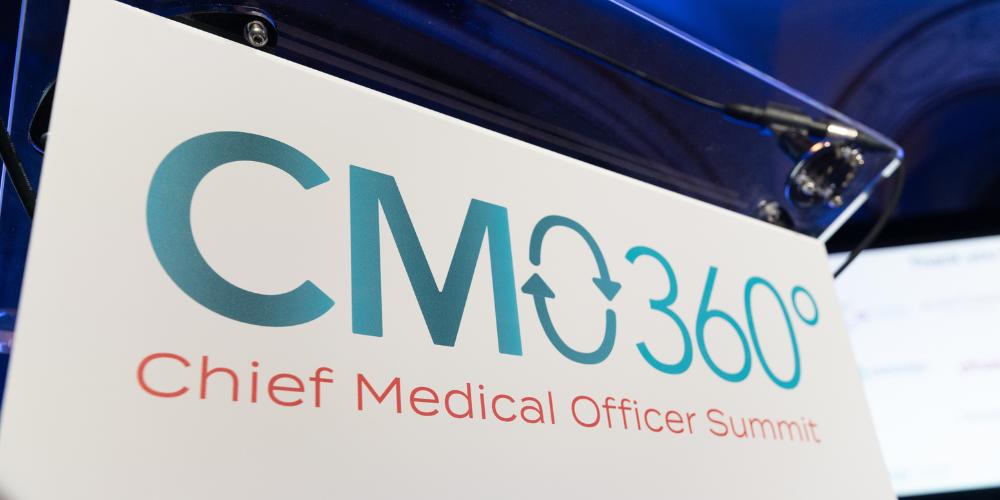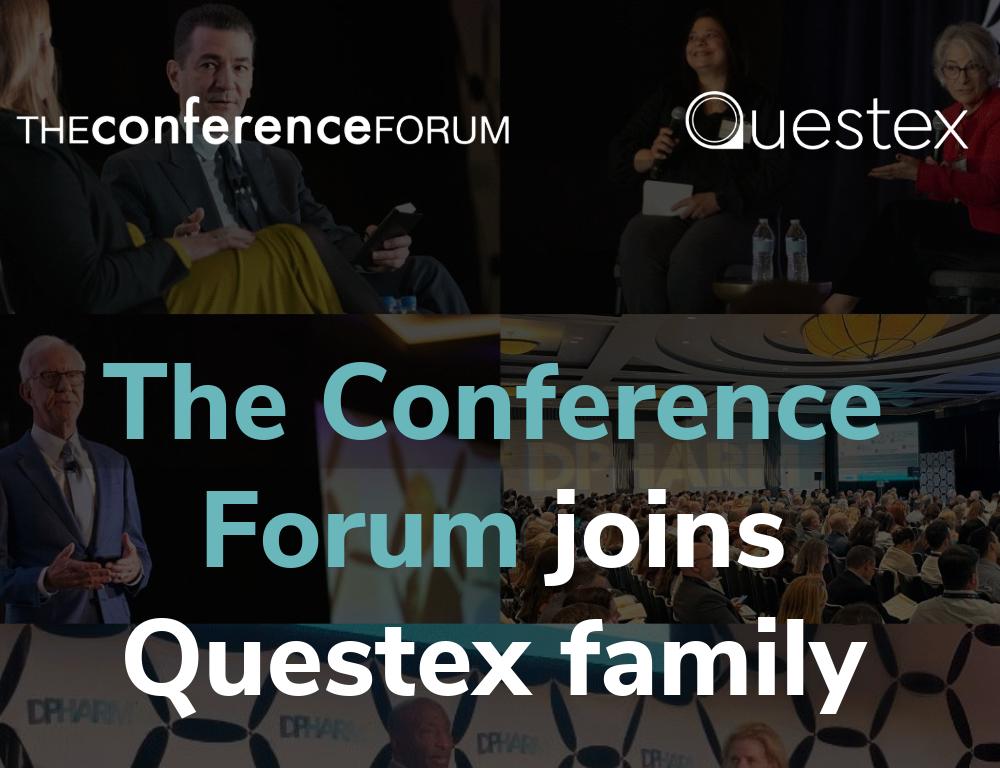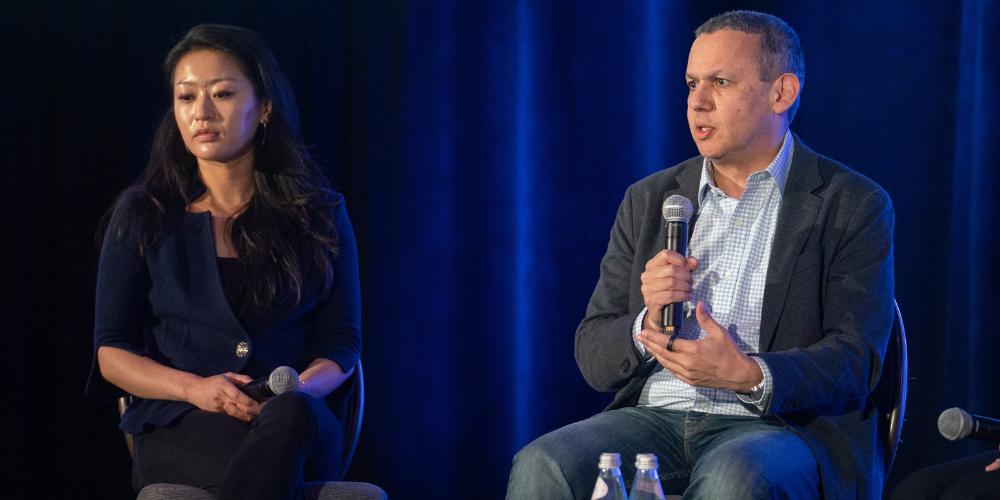
John Yee, MD, MPH, is the CMO of Sobi - North America.
Can you talk about your role as CMO of Sobi - North America?
My scope includes our field medical team, brand medical directors, medical information, medical communications, medical operations, pharmacovigilance, patient advocacy and regulatory affairs for the US and Canada. There is an incredible variety of different things I get to be involved in, including working on upcoming or ongoing studies, developing franchise plans and collaborating with marketing and market access colleagues. I also play an important role as an enterprise-wide leader, and member of our North America Leadership Team.
What do CMOs need to know about Medical Affairs?
It requires one to speak and understand the language and culture of our scientific colleagues as well as our commercial colleagues. Medical Affairs functions as the bridge that connects those two ends of the organization to each other. But the most important role of Medical Affairs is engaging and interacting with key external stakeholders including healthcare providers, key opinion leaders, patient organizations and policy makers, including payors and professional organizations and societies.
The common thread to keep in mind regarding engagement with any of these internal or external stakeholders is that they are involved in making or influencing decisions that will affect patients, either on the individual or population level. We want to ensure that these decisions are based on the best available medical and scientific evidence.
How does one build a strong Medical Affairs strategy?
I conceptualize it as a series of interconnected steps. The first step is about understanding: What are the unmet medical needs? What are the unanswered scientific questions? What is the problem that we’re trying to solve? Based on that understanding you can take the second step, which is to determine how to generate the evidence to answer those questions or generate the education to address those needs.
But that evidence we generate or education or information we develop is only as good as the third step, which is communicating that evidence, education and information to the relevant stakeholders in a form and language that they can understand and use. That includes the outbound communication through our MSL team, publications and medical education programs. But communication is always a two-way exchange and in the process of communicating outwards you still spend a lot of effort asking questions and listening. The fourth step is gathering the medical insights to understand the remaining unanswered scientific questions and unmet medical needs to begin another cycle of understanding, generating, communicating and gathering.
How early should a company start thinking about Medical Affairs?
Ideally, Medical Affairs gets involved early with internal stakeholders to inform the pre-clinical and clinical development strategy. Early decisions in any program should be made in consideration of real-world patient and provider perspectives. Timing of engagement with external stakeholders depends on the nature of the drug, the nature of the disease, and the nature of the specialties involved in caring for patients with that disease. It depends on the current state of education and knowledge among clinicians, and how well-developed are the existing patterns of clinical diagnosis and referral between specialties.
Field medical teams may get formed and begin to engage with the medical and scientific community as early as 3-4 years before product launch, especially in situations where there is a lack of education or when there aren’t well-formed pathways for diagnosis and referral. In other cases, where those things already exist, the medical team may be formed more like 18-24 months prior to a product launch. Of course, it doesn’t end with the product launch because many of those needs extend throughout the entire life cycle of a drug and so that work continues not only through the launch period but well beyond into the lifecycle management phase of the product.
Is there a specific indication you think about when you say that 3-4 years in advance versus an indication that is 18-24 months in advance?
In situations where a drug might be addressing a disease that has no existing treatment options available, you may need to get started earlier. Also, in cases where a disease is rare or ultra-rare when there is a low level of awareness and education about the disease itself, you need to get started earlier. In those situations, there may be no effective treatments available or the pathways for diagnosis, referral and treatment are not well formed. In that case, establishing those connections and understanding which centers have expertise or diagnostic capabilities takes more time and you need to get started earlier.
In other cases where the relevant clinical communities are well developed, either because there are already many other treatment options available or the disease is more common and there is a high level of awareness and education and well-developed pathways for diagnosis and referral, less time is needed. In all cases, it is essential to identify and engage with the key medical and scientific experts in the field to understand their ideas, beliefs, research, and practices.
Those are some of the variables that might determine when you should start to build out. Also, it is not totally binary. It’s often more like the slope of the ramp. You might start out early with a couple of medical team members to do some of the early discovery and landscape assessment and then ramp up the size of the team as you get closer to the expected approval and launch.
How does the strategy or role of medical affairs change post-launch or post-commercialization?
The medical team plays a critical role in every product launch and throughout the product lifecycle. That is done in tandem to whatever the commercial team is already doing, by addressing any and all scientific and educational needs and questions that arise inevitably during any product launch. It also naturally extends beyond that, because, depending on the mechanism of action, many drugs may have potential utility or value in other disease states. The role of Medical Affairs then is to identify those unmet needs or unanswered scientific questions and then find ways to find answers to those questions, which may be through additional company- sponsored clinical trials or supporting investigator- sponsored research or some hybrid of the two.
"Medical Affairs is sometimes viewed narrowly as only a reactive support function to help the commercial team rather than as a strategic business partner that can help guide not only medical strategy but the overall company strategy."
What common mistakes do companies make in the realm of Medical Affairs?
Companies sometimes wait too long. They may fail to include Medical Affairs perspectives in key decisions made during pre-clinical and early clinical development. They may also underestimate the amount of time it takes to get ready prior to approval which can hamper the success of a new product launch.
The other mistake that can happen is not fully understanding or appreciating the value or the scope of what the medical team can offer. Medical Affairs is sometimes viewed narrowly as only a reactive support function to help the commercial team rather than as a strategic business partner that can help guide not only medical strategy but the overall company strategy. This is especially true either when the disease is complex or the drug is complex or both.
How has Medical Affairs been affected by the pandemic?
Much of the impact of the pandemic for the medical team is similar to colleagues in other functions. One of the things that has become very clear is that we can do much of our work virtually. In some ways, there are advantages to virtual meetings as they expand the ability to interact while avoiding the need to spend lots of time and money traveling. In cases where there are existing relationships and partnerships, that can work very effectively. But at the same time, I think there will always be a need for in-person interactions.
There are definitely additional interactions that are more effective when we can meet face-to-face: like one-on-one interactions with KOLs, or advisory board meetings or scientific congresses. While we have done those virtually, they aren’t the same. I expect that as we go forward we will never go back to things the way things entirely were before the pandemic. We will still live in this hybrid world for the foreseeable future and that is probably a net benefit for individuals and for companies.
"It’s important for all of us to remember that the best way to uphold our fiduciary obligation to our shareholders is by upholding our ethical obligation to our patients."
Anything else?
Many of us came out of clinical practice or academia and now work in this biopharma industry for for-profit companies. It’s important for all of us to remember that the best way to uphold our fiduciary obligation to our shareholders is by upholding our ethical obligation to our patients. When I first joined Genzyme, our CEO, Henri Termeer often reminded us that what’s good for patients is good for business.
As a CMO, it is an important part of my role to represent that voice of the patient within the company, and to make sure that the patients’ perspectives and interests are always kept front and center as we make and execute our key decisions throughout a product’s lifecycle, from early development through the post-approval period.







